The overthrow of the Assad regime in Syria is a pivotal moment in the modern history of the Middle East. It risks creating a haven for terrorists that could lead to a dangerous new form of Islamic State.
The unexpected fall of Damascus to rebel forces has left neighbouring regional powers assessing the fallout with a large power vacuum opening up.
It signals a reshuffling of power dynamics and it raises questions about the future of the Middle East and the role of world leaders in managing it to avoid further chaos.
These are all of the existing terrorist groups in the region and where they currently stand among nations set to be affected by the regime change.
AL-ASSAD REGIME
The overthrown regime of Bashar al-Assad was backed by the so-called “axis of resistance”; Russia, Iran and Hezbollah. The autocratic al-Assad dynasty had controlled the country since patriarch Hafez al-Assad took power in 1971.

The family belongs to the Ali Sylayman tribe. They follow the minority Alawite sect of Islam.

AL-QAEDA
The United States invaded Afghanistan and Iraq after 9/11 to remove Al Qaeda from the Middle East. But despite the elimination of its leader Osama bin Laden, they have continued to grow and evolve into groups like Hayat Tahrir al-Sham (Al Qaeda/ISIS). Its last leader, Ayman al-Zawahiri, was killed in a 2023 drone strike. The US has since placed a USD $5 million bounty on Hamza Salih bin Sa’id al-Ghamdi, who now serves on the group’s shura executive leadership council.

HAMAS
Hamas is a Sunni Islamist terror organisation with the aim of eradicating Jews in the Middle East to establish a Palestinian state.
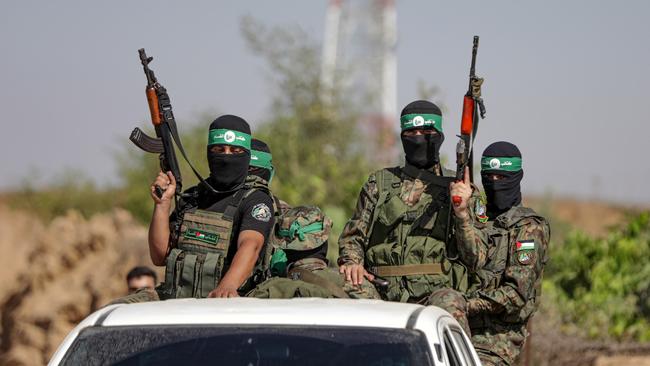
They have controlled the Gaza Strip since 2007 before their invasion of Israel on October 7, 2003. Israel launched a counteroffensive into Gaza to remove Hamas from power.
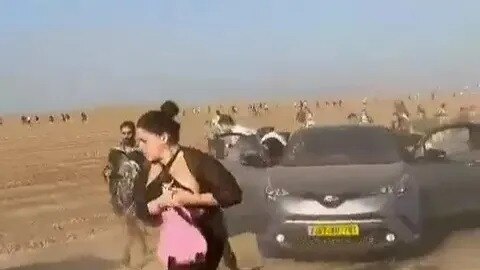
The International Criminal Court in November issued an arrest warrant for Hamas military commander Mohammed Diab Ibrahim Al-Masri, aka Mohammed Deif, while Qatar expelled the group’s most senior leader outside Gaza, deputy chairman of the Hamas Political Bureau Khalil al-Hayya, who is most likely in Turkey.
HEZBOLLAH
The militant Shia Islamist group operates in Lebanon and partnered with Iran to support the al-Assad regime. It was previously led by Sheikh Hassan Nasrallah before he was killed by Israel.
Following the ceasefire with Israel, Hezbollah Secretary-General Naim Qassem vowed to continue supporting Palestine “in different forms”.

HAYAT TAHRIR AL-SHAM
The surprise blitz to the fall of Damascus was largely led by Hayat Tahrir al-Sham (HTS). Led Abu Mohammed al-Golani, the Islamist militant group was originally an al-Qaeda affiliate group called Jabhat al Nusra.
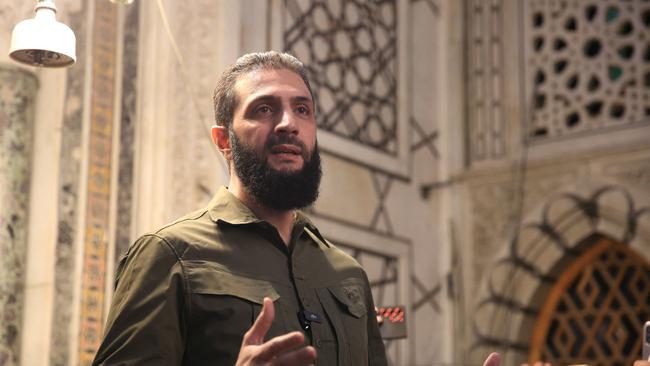
That group was established with the help of Abu Bakr al-Baghdadi, the former leader of ISIS. It is a designated terrorist organisation by the United Nations, the US, and Turkey.
HOUTHIS
The Iran-backed Houthis are the de facto ruling faction in Yemen, which has been in a state of civil war for a decade. While the group took power following the Arab Spring, the Houthi family rose to prominence during the Sa’ada wars between 2004 and 2010.

Houthi leader Abdul-Malik Al-Houthi commanded the group’s attacks on shipping lanes in the Red Sea following Israel’s invasion of Gaza.

ISIS
The Islamic State of Iraq and al-Sham (ISIS) is a terror organisation with a presence in the Middle East, Asia and Africa that seeks to unite Muslim countries under a single Islamic caliphate. The group is also known as the Islamic State of Iraq and the Levant (ISIL), or its Arabic acronym Daesh. Ahmad Hamid Husayn Abd-al-Jalil al-Ithawi, responsible for all operations in Iraq, was killed by the US in September. Following the fall of Assad, the US launched dozens of strikes on ISIS targets in Syria to prevent the group from taking advantage of the ensuing chaos.

IRAN
Iran, which has sowed turmoil in the region through Hezbollah, Hamas and the Houthis, has lost its largest “Axis of Resistance” proxy with the fall of the Assad regime.
Iranian President Masoud Pezeshkian said rebel forces must open dialogue with the people of Syria to decide the country’s future and political system.
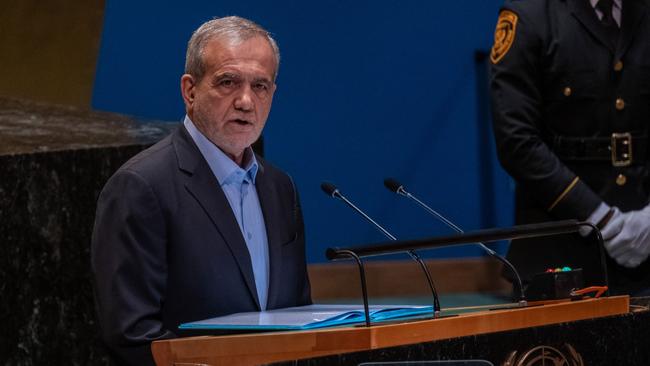
KURDS
The Kurdish people are an ethnic minority native to regions spanning Turkey, Iran, Iraq and Syria. The Kurdish Regional Government (KRG), currently led by President Nechirvan Barzani, was established in 1992 and officially recognised as an autonomous region in Iraq after the ouster of Saddam Hussein.

Kurds in Syria have sought help after the Turkish-backed Syrian National Army began Kurdish forces near Aleppo.
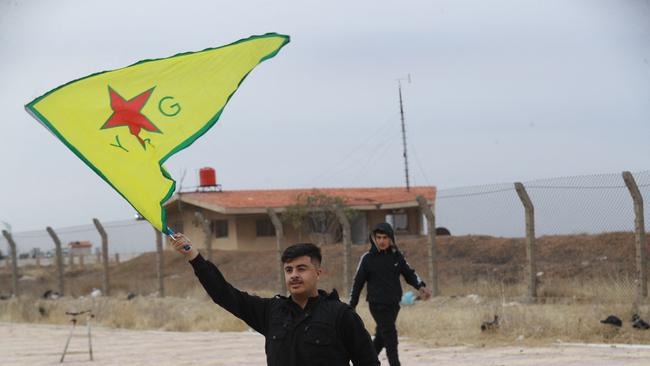
RUSSIA
When the Syrian civil war broke out, Russia sent troops to fight for Assad and planes to effectively act as the Assad air force. Syria backed the Soviets during the Cold War, and Vladimir Putin saw Syria as his way of maintaining influence in the Middle East. Russia maintains several military bases in Syria.

ISRAEL
The Israel Defence Forces took over Syrian positions along the Golan Heights border and deployed paratroopers to conduct “defensive activities” after the fall of the Assad regime.

Israeli Prime Minister Benjamin Netanyahu hailed Assad’s fall and offered the a “hand of peace” to the people of Syria.

SYRIAN DEMOCRATIC FORCES
The mostly Kurdish fighters of the Syrian Democratic Forces (SDF) have long been funded and backed by the United States to fight against ISIS. Led by commander Mazloum Abdi, the SDF has also been fighting against Turkey-backed groups, like the Syrian National Army. Many of the Kurdish fighters are from the People’s Protection Units (YPG). Turkey opposes the SDF for its links to the YPG and the Kurdish Workers’ Party (PKK), which are considered by Turkey as terrorist organisations.

SYRIAN NATIONAL ARMY
Backed by Turkey, the coalition of mostly Syrian Arab fighters fought in the north of Syria against Assad government forces, the Kurdish fighters of the Syrian Democratic Forces, and Islamic State and Al Qaeda fighters in the HTS. The umbrella group, which lacks a centralised command, is made up of members from the Free Syrian Army, which emerged at the outset of the Syrian civil war more than a decade ago and the National Liberation Front, which includes factions like Ahra al-Sham, which seeks to establish an Islamic state governed by Sharia law.

TALIBAN
The Taliban returned to power following the US’s withdrawal from Afghanistan in 2021, allowing al-Qaeda to establish a presence in the country.

Under Supreme Leader Mullah Haibatullah Akhundzada, the Taliban is expected to continue its historically sympathetic relationship with al-Qaeda.
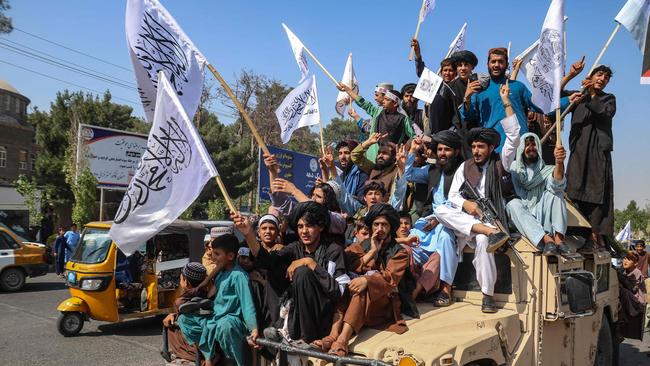
TURKEY
Turkey, under the leadership of Recep Tayyip Erdogan, has played a pivotal role in opposing the Assad regime and has been the most pivotal country in arming and supporting the Syrian National Army coalition of rebel groups in northern Syria.

Their goal is to counter the presence of Kurdish groups in Syria.

THE UNITED STATES
While it withdrew from Afghanistan and has a diminished presence in Iraq, the US maintains a pivotal role in the Middle East with the goal of countering the remnants of ISIS and supporting Syrian Kurds in their opposition to Assad-aligned forces.

The US military base in Syria, al-Tanf Garrison near the borders with Iraq and Jordan, supports the Syrian Democratic Forces. Incoming president-elect Donald Trump has said the US should stay out of Syria, saying it’s “Not our fight”.

Add your comment to this story
To join the conversation, please log in. Don't have an account? Register
Join the conversation, you are commenting as Logout
Major update after Bill Clinton admitted to hospital
Former US president Bill Clinton’s team has revealed his diagnosis after he was taken to hospital to undergo testing.
‘I want out’: Assad’s wife ‘files for divorce’
The wife of deposed Syrian dictator Bashar al-Assad has filed for divorce in Russia as she prepares to fight bone cancer, according to reports.